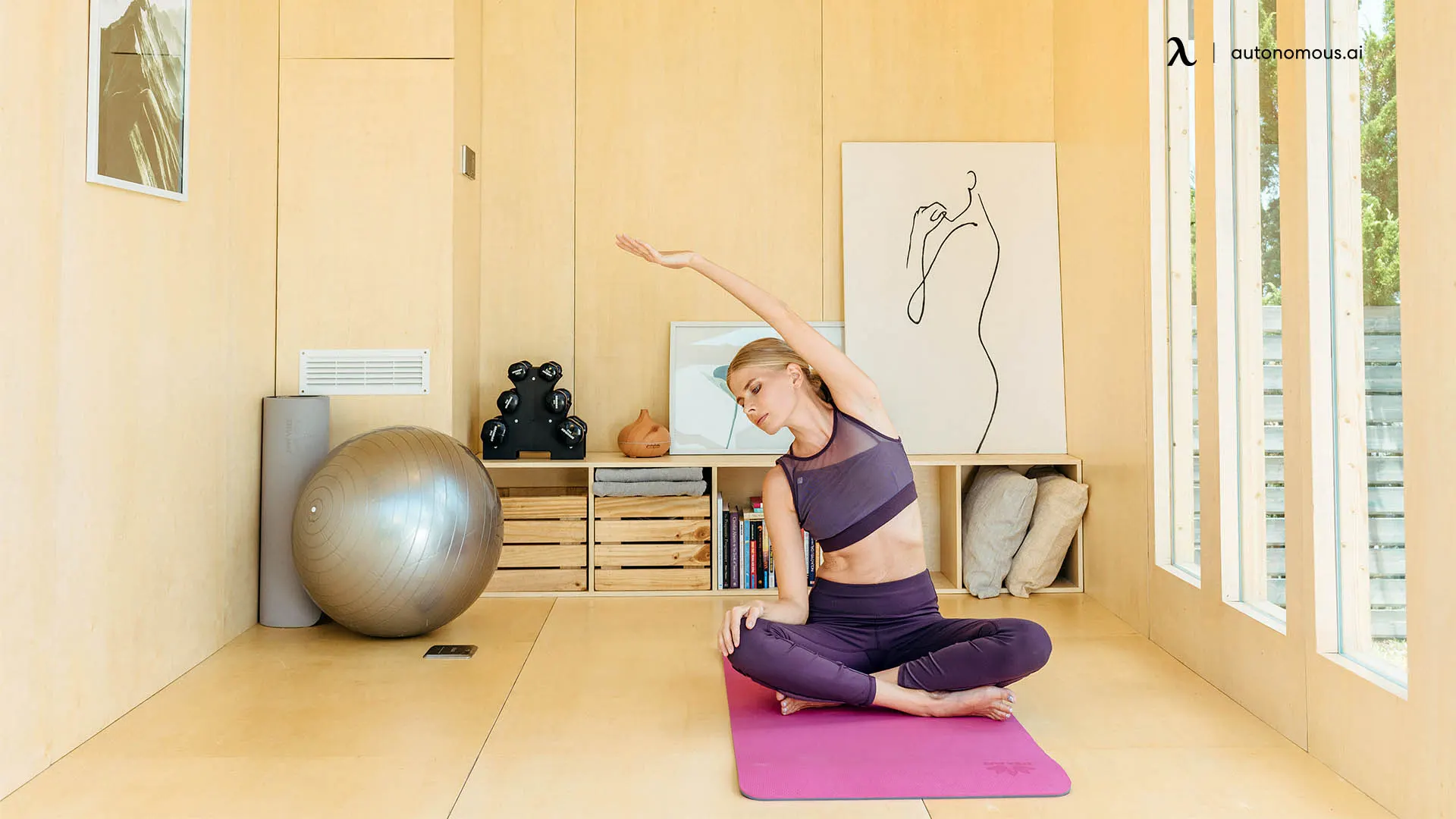
Table of Contents
Sitting cross legged is a common habit — whether it’s at a desk, on the couch, or even on the floor during casual gatherings. For many, it feels natural and comfortable at first. But for others, knee pain can quickly creep in. If your knees ache whenever you cross your legs, you’re not alone. This article explores why sitting cross legged can cause discomfort, the risks of ignoring it, and what alternatives might support your body better.
Why Sitting Cross Legged Can Cause Knee Pain
When you sit cross legged, the position puts your knees into deep flexion while also rotating them slightly outward. This unnatural alignment can put extra pressure on the ligaments and tendons surrounding the joint.
At the same time, your hips may not always be flexible enough to support the posture. If your hips are tight, the stress that should be absorbed higher up instead shifts down to the knees. This imbalance can lead to soreness, stiffness, or even sharper pain if held too long.
Existing conditions — such as arthritis, meniscus tears, or tendon irritation — may also flare up in this position. In other cases, something as simple as sitting on a hard surface without cushioning can worsen the strain.
Common Causes of Knee Pain in This Position
Several factors can explain why pain shows up when sitting cross legged:
- Tight hips or glutes: Limited hip flexibility pushes extra strain onto the knees.
- Weak core or lower back: Without strong support, more weight shifts to the knees.
- Previous injuries: Old knee or hip injuries can resurface when placed in this posture.
- Poor sitting surface: Sitting on a hard floor or thin cushion intensifies pressure on the joints.
These causes can vary from person to person, but the result is the same — the knees end up carrying more stress than they should.
Risks of Ignoring the Pain
Knee pain from sitting cross legged may seem harmless at first, but ignoring it can lead to bigger issues. Prolonged strain can irritate the cartilage and ligaments, potentially leading to chronic pain. Over time, you might also notice reduced mobility, increased stiffness, or difficulty maintaining other positions comfortably.
Compensation is another concern. If one knee hurts, you might shift weight to the other side, creating postural imbalances that affect your hips and lower back as well. Addressing discomfort early is key to avoiding long-term problems.
8 Tips That You May Use to Fix Knee Pain from Sitting Cross Legged
Here we have discussed ten tips that will help you understand how to fix knee pain from sitting cross legged.
1. Use Ergonomic Desks and Chairs
An ergonomic desk and chair can help reduce knee pain from sitting cross-legged by allowing for proper body posture and alignment. If you have searched the market a bit, you would know about kneeling chairs. Considering the benefits of kneeling chairs, you may consider getting one of them for improving your posture, reducing the pressure on your knees, and kneeling at your desk.
If we talk about an ergonomic office chair, it will be better if you go for one of those chairs with adjustable lumbar support, armrests, and seat height to position your knees at a 90-degree angle to the hips and your feet are flat on the floor. In short, you must pick a chair that helps you maintain the correct posture at a standing desk which is considered ergonomic.
These days, only the modern sit-stand desk is considered ergonomic because it has the height adjustment option, which lets you adjust your desk to the correct height. Thus, it ensures your computer monitor is at eye level, and the keyboard is at a comfortable height to avoid hunching over. The ultimate outcome of keeping such details and fetching the right office furniture is that you exert less strain on your glutes and knees which eventually helps in reducing knee pain.
2. Stretch Your Legs and Hips to Alleviate Muscle Tightness
Sitting cross-legged can cause tightness in the hips and legs, which can lead to knee pain. Taking a few minutes to stretch your legs and hips before and after sitting cross-legged can help to alleviate tightness and reduce knee pain.
Some good stretches include the seated forward bend, the butterfly stretch, and the seated spinal twist. The seated forward bend stretches your hamstrings and the back of the legs, while the butterfly stretches target the hip adductors. The seated spinal twist stretch is great for the hips, back and spine.
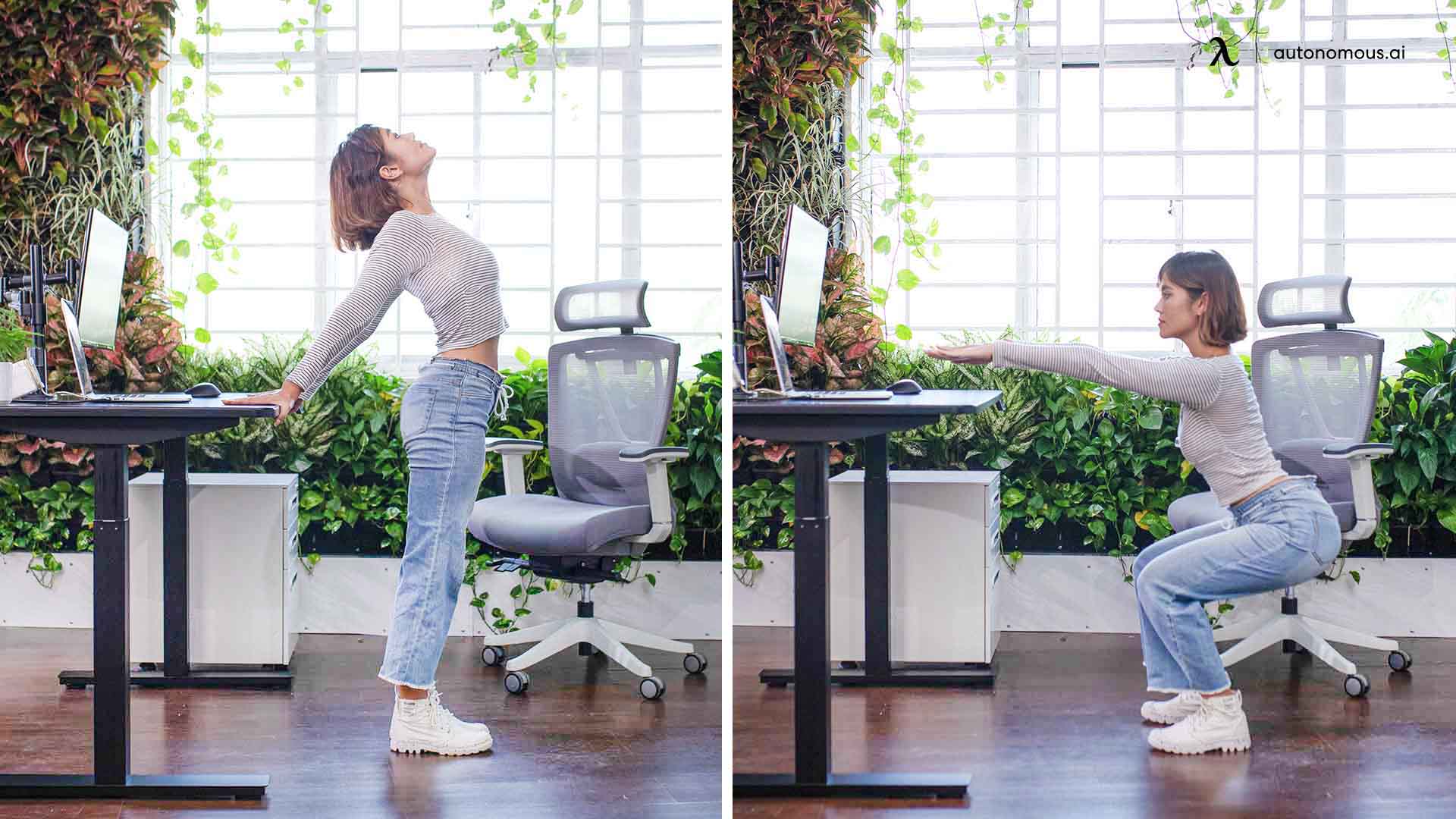
3. Strengthen the Muscles that Support Your Knees
Strong thigh and calf muscles can help to support your knee joints and reduce the risk of cross-legged knee pain. Exercises such as squats, lunges, and calf raises can help to strengthen these muscles and provide support for the knees. You can even try yoga stretches to strengthen your knees. Stretches like pigeon pose, child pose, and toe touch can help a lot.
When doing squats, make sure to keep your back straight and your knees behind your toes to avoid putting extra pressure on the knee joint. Lunges also help to target the thigh muscles, while calf raises help to strengthen the calf muscles.
4. Use a Cushion or Pillow
The next thing that you can try is a cushion or pillow. Sitting cross-legged can put pressure on the knee joints, but using a cushion or pillow can help to distribute the pressure more evenly and reduce the risk of knee pain after sitting cross legged. You can use a small cushion or pillow to support your knee while you sit cross-legged.
5. Change Your Sitting Position
As we mentioned earlier, sitting cross-legged for extended periods can put a lot of pressure on the knee joints. What you can do is try to switch up your sitting position every 30 minutes or so to give your knee joints a break.
You must alternate between sitting cross-legged, sitting with both feet on the ground, and standing up to stretch and move around. Usually, a posture chair or a standing desk helps you a lot in this regard.
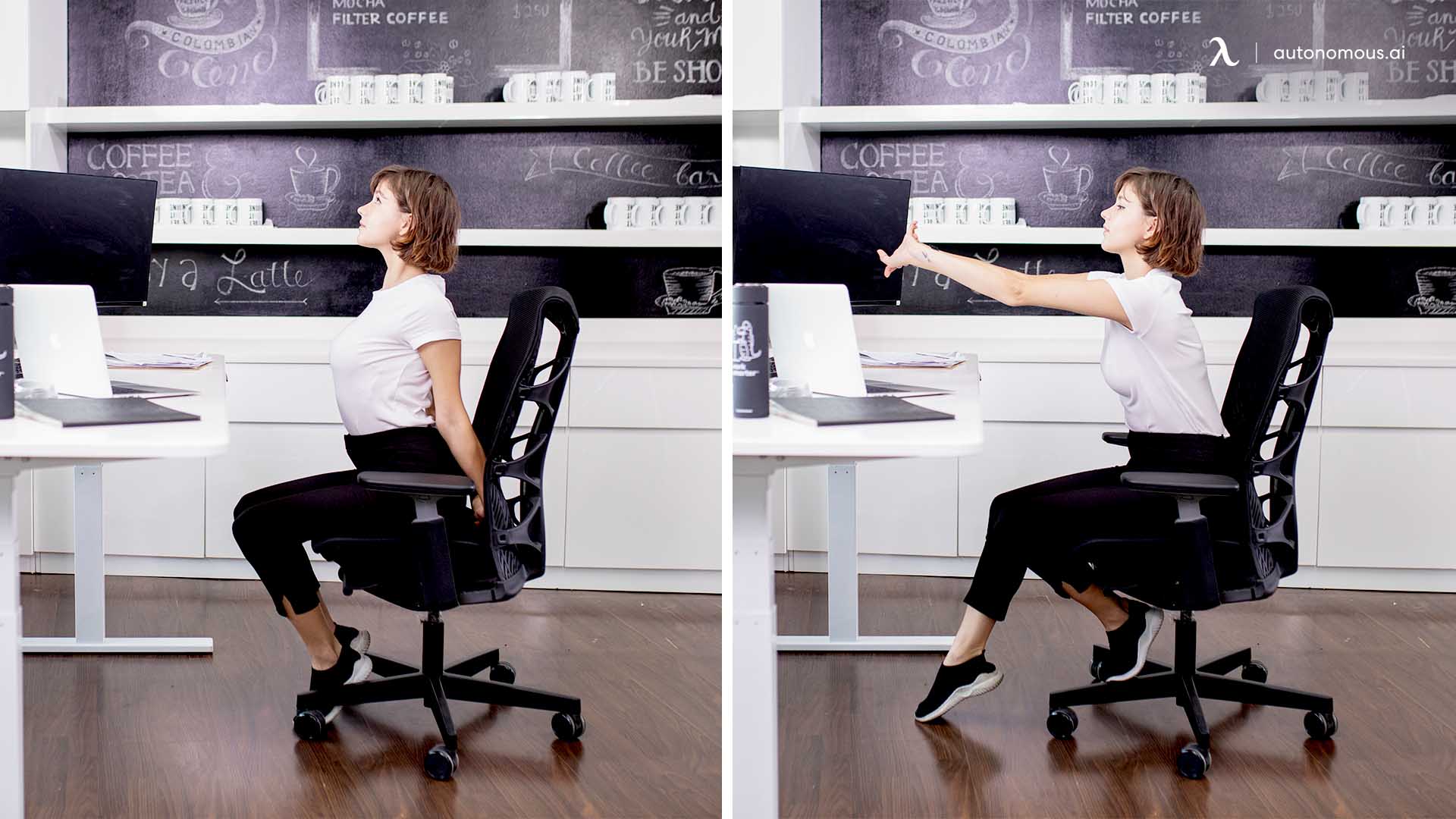
6. Take Frequent Breaks
You must have experienced that sitting in one position for too long causes stiffness and discomfort. If you ask us, we suggest you take frequent breaks to stand up and move around to reduce the risk of cross-legged knee pain. It will be better if you aim to stand up and stretch every hour or so and take a short walk if possible.
7. Consult With a Doctor or Physical Therapist
Lastly, if none of your tried remedies works and your cross-legged knee pain aggravates, we suggest you consult a doctor or physical therapist. Your doctor will help you identify any underlying issues that may be contributing to your knee pain from sitting cross legged and develop a treatment plan to address the problem.
If you plan to go to a physical therapist, they may recommend specific exercises or stretches that are tailored to your needs. So, evaluate your health and plan your doctor’s or physical therapist’s trip accordingly.
8. Wear Appropriate Shoes
Wearing shoes that provide adequate support and cushioning can help to protect your knee joints and reduce the risk of pain. In our opinion, you must avoid wearing high heels or shoes with worn-out soles, as these can cause added stress on the knees.
Instead, opt for shoes with a comfortable fit and good arch support to help distribute weight evenly across the foot. Additionally, consider using shoe inserts or orthotics to provide additional support for the knee.
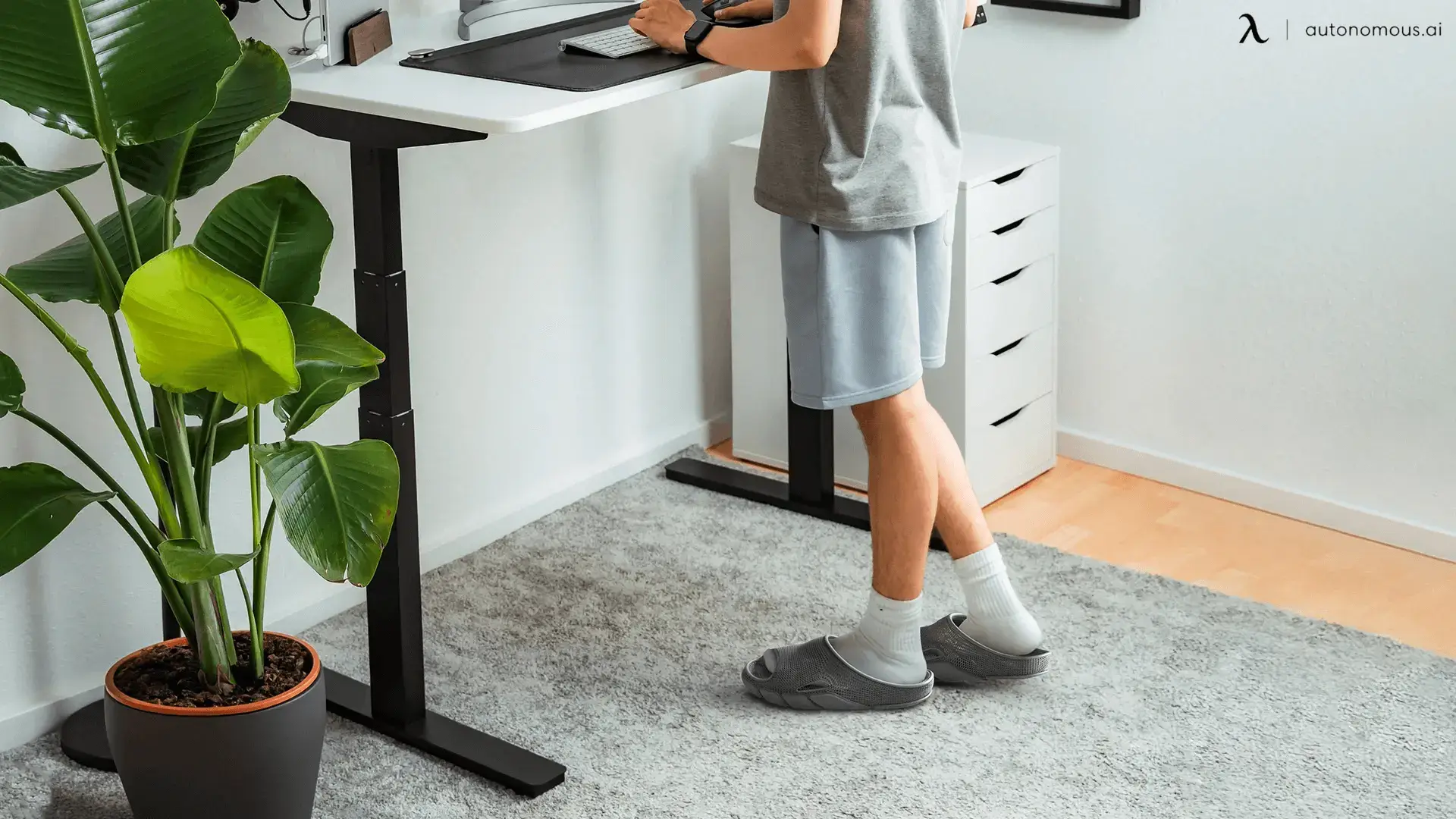
Ergonomic Alternatives to Cross-Leg Sitting
If you love the feeling of sitting cross legged but struggle with pain, there are healthier ways to achieve comfort. Ergonomic seating can open the hips and support the spine without straining the knees.
- Kneeling chairs: These chairs tilt the pelvis forward and support some of the body’s weight through the shins, encouraging upright posture and spinal alignment. You can explore more in-depth kneeling chair pros and cons.
- Saddle chairs: Shaped like a horse saddle, these seats promote an open hip angle and reduce compression in the joints, offering a middle ground for those who like variety in posture. A full saddle chair vs kneeling chair guide can help you decide which might fit your needs.
- Ergonomic office chairs: With adjustable seat height, lumbar support, and cushions, these are the most versatile option for people who spend long hours at a desk.
If you're curious whether kneeling might be a better option than traditional sitting, explore our post on is kneeling better than sitting to help guide your posture strategy and setup choices.
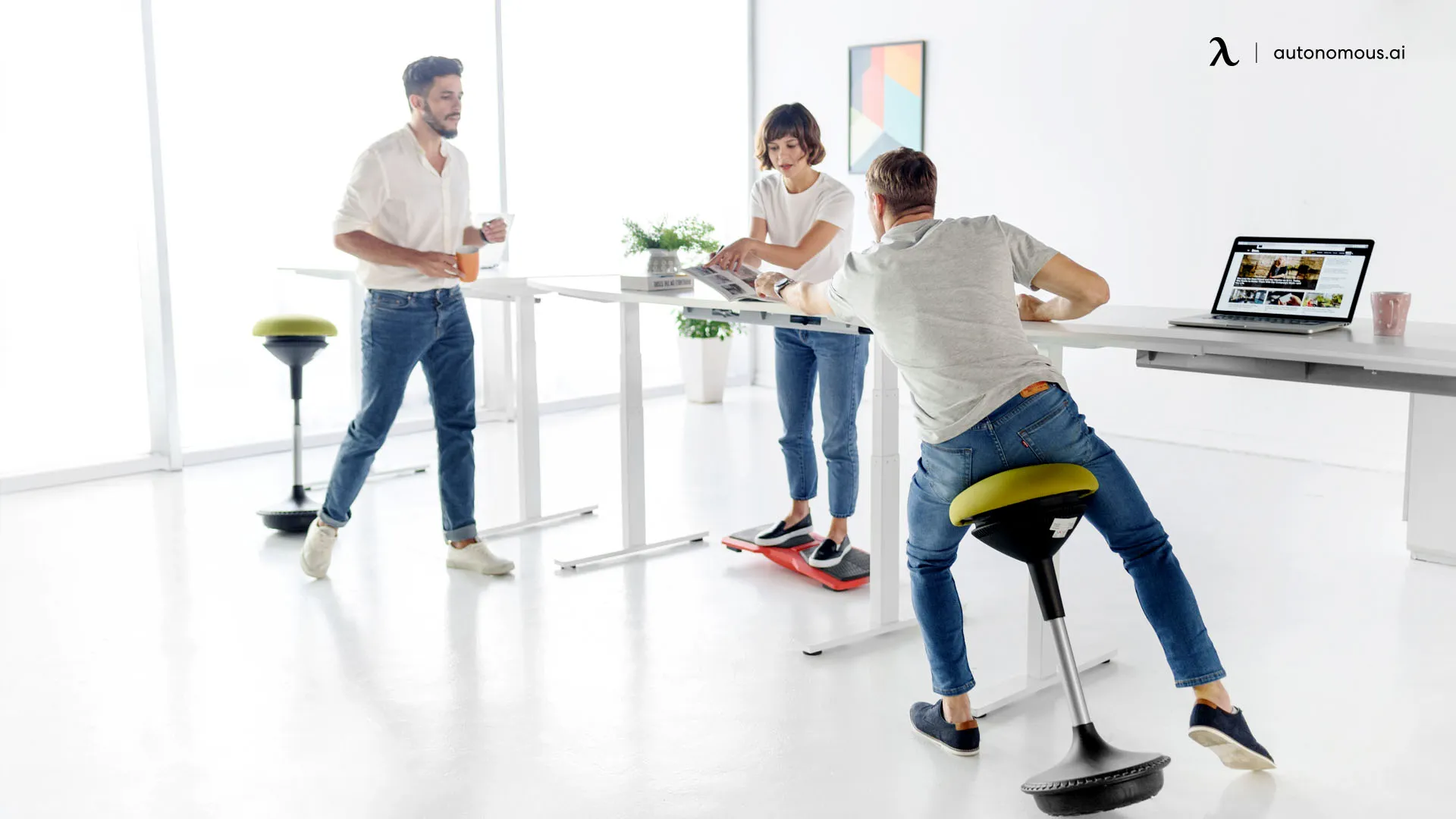
Prevention Tips
Even if you prefer sitting cross legged, there are ways to reduce the risk of knee pain:
- Take breaks: Avoid holding the position for more than 20–30 minutes at a time.
- Stretch regularly: Focus on hip openers, hamstring stretches, and quad mobility.
- Use support: Cushions or yoga blocks can reduce strain on the knees when sitting on the floor.
- Switch positions: Alternate between sitting styles, kneeling, and standing throughout the day.
Simple adjustments can make a big difference, especially when combined with ergonomic seating options.
FAQs
Why do my knees hurt when I sit cross legged on the floor?
Because the posture forces deep flexion and rotation of the knee joint, it adds pressure that many bodies aren’t naturally built to sustain.
Can sitting cross legged damage your knees permanently?
Occasional discomfort isn’t usually harmful, but long-term pain should not be ignored. Chronic strain can lead to cartilage or ligament issues if left unchecked.
What stretches help reduce knee pain in this position?
Hip openers like pigeon pose, hamstring stretches, and quad stretches can ease pressure on the knees by improving mobility higher up the chain.
Are kneeling chairs or saddle chairs better alternatives?
Yes. Both provide posture support without forcing the knees into awkward angles, making them great substitutes for cross leg sitting.
Conclusion
Knee pain when sitting cross legged is usually a sign that your body isn’t fully supported in that posture. Whether it’s tight hips, an old injury, or poor surface support, your knees end up taking more stress than they should.
The solution isn’t necessarily giving up cross legged sitting altogether, but finding a balance. Adding stretches, changing positions often, and considering ergonomic alternatives like kneeling or saddle chairs can help you stay comfortable and prevent long-term issues. If discomfort persists, learning how to fix knee pain from sitting cross legged offers targeted strategies to keep your joints healthy.
.svg)

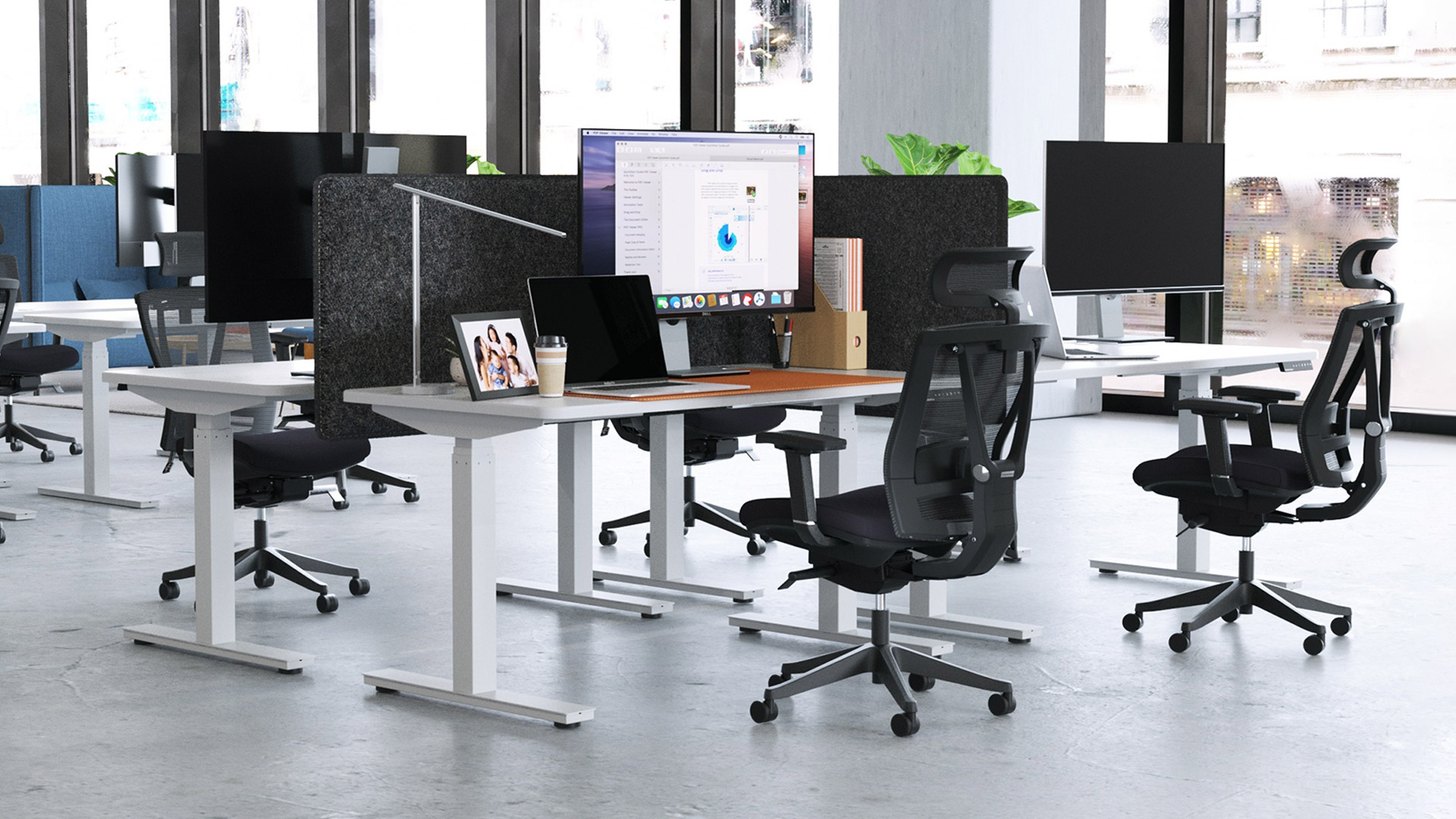

.webp)






